Play Clasherdle — Five Guesses, Smart Hints
Test your Clash knowledge in a quick daily puzzle. Use stat arrows, rarity cues, and elixir hints to pinpoint the hidden card, then share your streak. Play free in your browser.
Keep exploring
Keep your night shift energy up with more browser horror, tense escape rooms, and quick palate cleansers we trust.

Play Hollow Knight in Your Browser
Play Hollow Knight in Your Browser

Play Hotline Miami in Your Browser
Play Hotline Miami in Your Browser

Outlast the diner. Trust your ears. Move when it’s safe.
Outlast the diner. Trust your ears. Move when it’s safe.

Wall-jump your way across a sugar-sweet world
Wall-jump your way across a sugar-sweet world
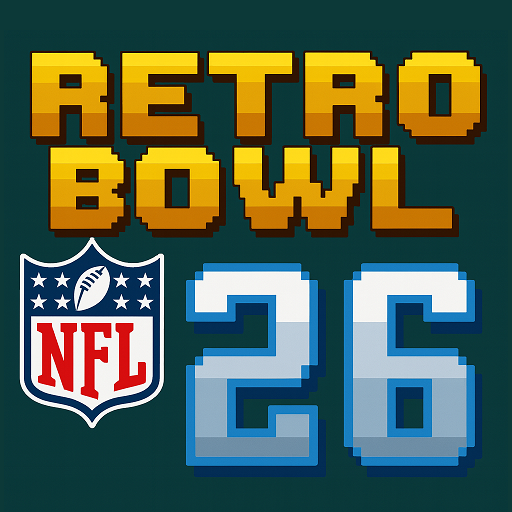
Command Every Snap in Retro Bowl 26
Command Every Snap in Retro Bowl 26
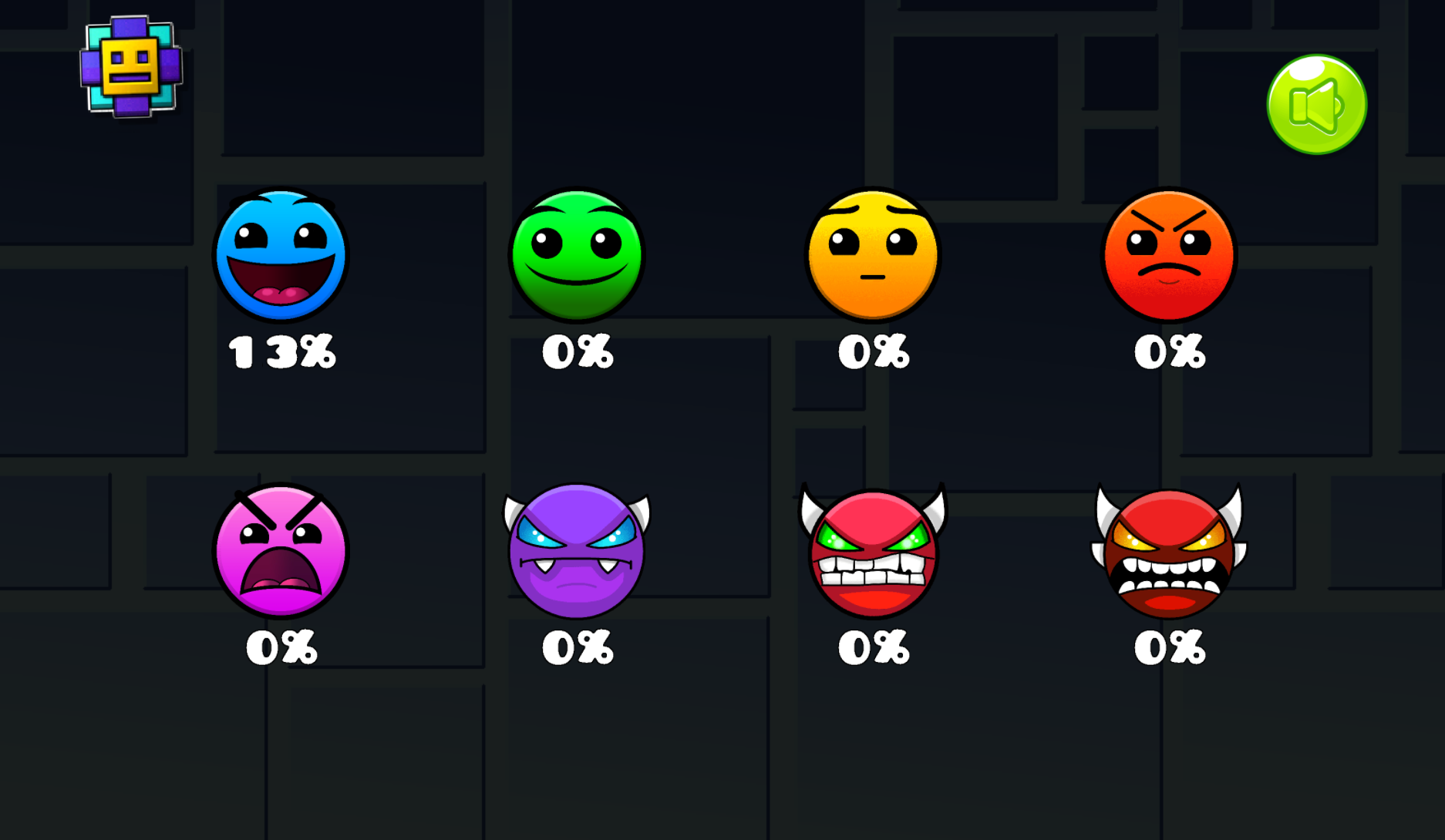
Ride the waveform to the beat
Ride the waveform to the beat
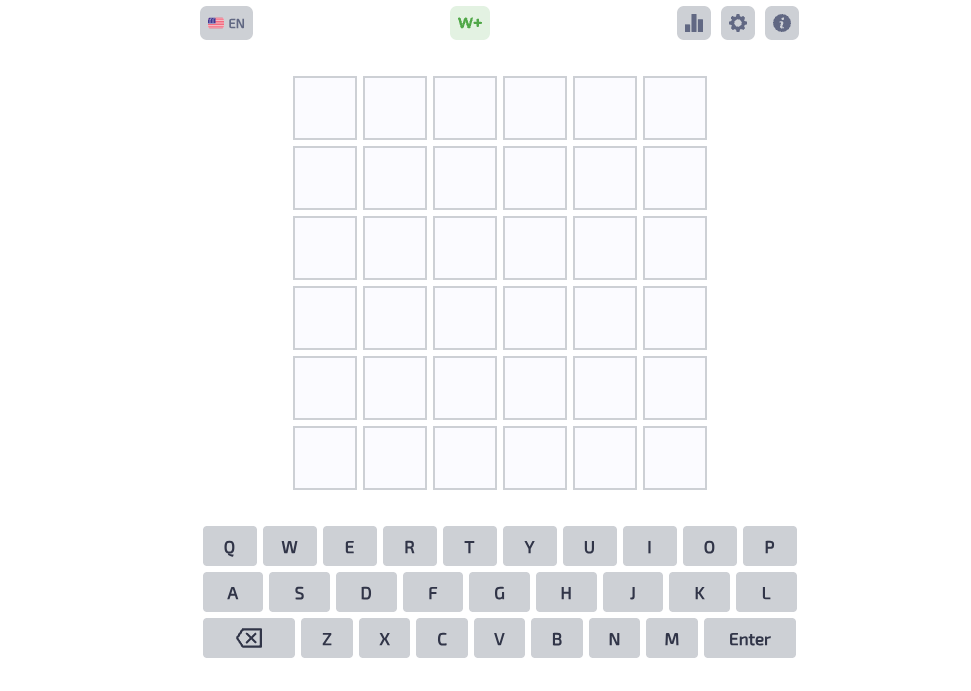
Play Wordle 2 Unlimited in Your Browser
Play Wordle 2 Unlimited in Your Browser

Take Care of Your Own Burning Spice | Cozy Cookie Run Pet Sim
Take Care of Your Own Burning Spice | Cozy Cookie Run Pet Sim
Plant, Mutate, Profit—Then Do It Again
Plant, Mutate, Profit—Then Do It Again
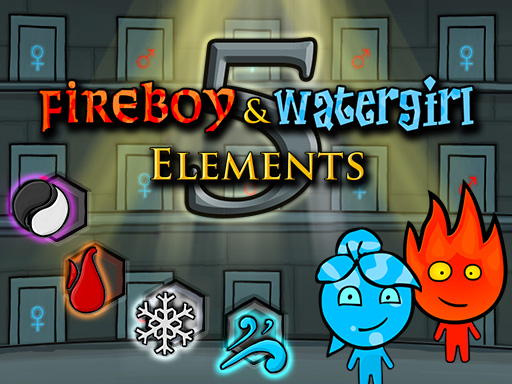
All elemental shrines in one seamless quest
All elemental shrines in one seamless quest
Clasherdle: a fast daily test of roster knowledge
Know the roster? Prove it in five thoughtful guesses
Clasherdle turns matchup knowledge into a compact, satisfying browser puzzle. Instead of letters, you’re triangulating a hidden unit using structured feedback about cost, rarity, arena progression, and other practical traits that players use every day. Each attempt returns color-coded squares and directional arrows. Together, those clues narrow the field quickly—if you read them the way a savvy deck builder would. You’ll take at most five swings per round, which keeps the rhythm brisk and the reveal punchy, whether you’re sneaking in a session between ladder games or playing with friends after school.
The format is intentionally familiar: enter a guess, scan the grid, adjust your hypothesis, and commit to the next candidate. Yet the subject matter—units, spells, and deployables—makes the deduction feel more like scouting than wordplay. If your first pick is off by one tier of rarity or a pip of cost, an arrow points you higher or lower. If a category matches exactly, you lock it in and pivot the rest of your logic around it. Five moves later, you’ll either nail the target or learn a nuance you can carry back into your next clan war.
Switch card pools to match your fandom
Not everyone follows the same universe with equal intensity. That’s why you can toggle the pool you’re guessing from, focusing on the roster you know best. This slider keeps the game welcoming for newer fans while still offering depth to veterans who like optimizing around probabilities. On days when you want more, step into random or archived rounds and practice without risking today’s streak.
How each hint accelerates your deduction
Clasherdle’s feedback is built to reward pattern recognition. Think of every square as a mini-interview with the roster: you’re asking, “Is the target cheaper or pricier? Common or rarer? Progressed earlier or later?” The interface answers with visual signals that require no rulebook to decode, but still reward strategic thinking.
Cost and economy
One of the cleanest filters is cost. If your guess overshoots by one, an arrow urges you to look for leaner options; undershoot and the arrow nudges you upward. Treat this like a binary search: bracket the probable cost in two or three steps, then cross-check with other attributes to collapse the candidate set.
Rarity as a structural clue
Rarity limits the pool sharply. An exact match here lets you discard swaths of possibilities, while a mismatch forces you to pivot. When you combine rarity with cost, the space narrows fast—many high-cost picks cluster in particular bands, and vice versa.
Progression and availability context
Progression indicators tell you roughly when a unit becomes available in a typical journey. If your hint says you’re aiming too early, you can immediately eliminate beginner staples and look at later additions that better fit the meta of higher arenas. It’s a subtle but powerful way to guide your next attempt without giving the answer away.
Type and role confirmations
Whether the target behaves like a troop, a building, or a spell matters. Confirming the broad role pins your search to a smaller shelf in the collection, while disagreements here signal a wholesale reframe. When a type square lights up as correct, treat it like a lighthouse: steer subsequent guesses toward neighbors that share that role.
Quick-start strategy that feels like real scouting
Open with a balanced, information-dense guess—something mid-cost and middle-rarity that appears neither too early nor too late in progression. This starter teaches you the direction of travel on most columns. After that, attack the extremes quickly. If cost points up twice in a row, jump to a clearly expensive pick; if rarity points down, try a widely used common to test the bottom edge. Your third guess should be a synthesis: now that two or three columns are boxed in, pick a candidate that fits the intersection tightly rather than chasing a single column.
Remember that the goal is not to be lucky but to be efficient. In other words, prefer guesses that split the remaining space in half over guesses that merely feel close. Treat each column like a constraint in a deck builder: cost, role, and progression house your logic; rarity and family quirks refine it. By guess four, you’ll usually have one or two names left. That’s the sweet spot—enough uncertainty to keep the finale tense, but not so much that a win feels accidental.
Advanced tips for regular solvers
- Anchor on invariants: Once a column locks, stop spending guesses that don’t respect it. Every pick after that should match the confirmed attributes and explore only the unknown ones.
- Use contrast, not cousins: When you’re unsure between similar candidates, leap to a contrasting option that will clarify two columns at once. Narrowing the tree beats hovering over look-alikes.
- Think in clusters: Some costs and rarities pair frequently with certain roles. Use that mental map to jump to likely neighborhoods rather than scanning alphabetically.
- Practice mode as a lab: Random rounds are great to test openers. Track which first guesses yield the most locked columns on average and adopt the best as your standard start.
Designed for sharing without spoilers
When you finish, you can copy a tidy grid that shows your path—colors and arrows included—without revealing the answer. It’s perfect for friendly competition in group chats or clan servers. The grid also doubles as a learning artifact: a three-line victory with smart pivots tells a story worth retelling, while a narrow miss invites teammates to propose what they would have guessed on turn four.
Fast, accessible, and ready on any device
Everything runs in the browser. There’s nothing to install, no patch to wait on, and no account requirement. The layout scales gracefully from phone screens to projectors, which makes it ideal for a quick brain warm-up before matches or as a fun intermission at club meetings. Input is simple—tap, type, confirm—so anyone can participate even if they’re more comfortable watching than grinding ladder.
Play your way: daily, archive, or random
If you’re a streak chaser, the daily format sets a natural rhythm: one focused challenge, then you’re done. If you prefer volume, archived puzzles and random mode keep the taps coming with no limit. The switcher for card pools respects your fandom, letting you start where you’re strongest and gradually branch out.
Why it clicks with competitive players
Clasherdle feels valuable because the reasoning mirrors real decisions. You’re not just hunting trivia; you’re training the same instincts you use to evaluate trades, cycle plans, and counterpicks. Cost discipline, role recognition, and progression context are the backbone of good deck-building. Here, those concepts become a crisp five-turn logic problem that refreshes daily.
Lightweight fun with real replay value
Because rounds are short, it’s easy to weave into your routine. Because hints are expressive, mastery scales with your understanding of the roster. And because sharing is spoiler-free, the social loop amplifies the habit. Whether you’re the strategist who loves slicing search spaces or the fan who collects favorite units, you’ll find a groove that keeps you returning.
Get started
Open the puzzle, pick a sensible opener, and let the clues teach you where to steer next. In a handful of thoughtful guesses, you’ll land on the hidden pick and feel that satisfying click that only a well-designed deduction game can deliver. Five guesses, clear feedback, and familiar lore—it’s the perfect bite-size challenge to bookend your day.
Share Play Clasherdle — Five Guesses, Smart Hints
Spread the word, invite friends, or bookmark this page to revisit the story whenever you need it.